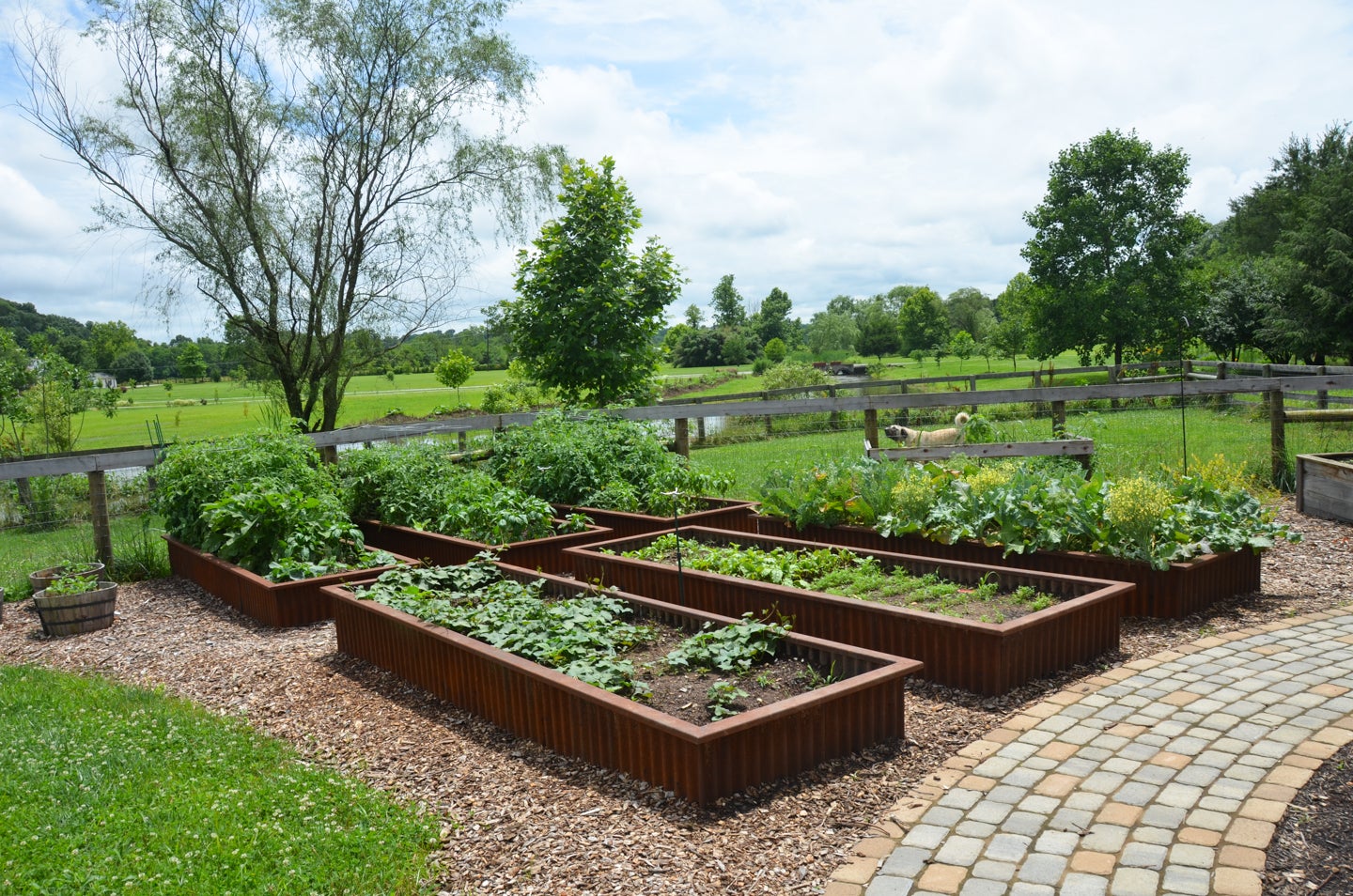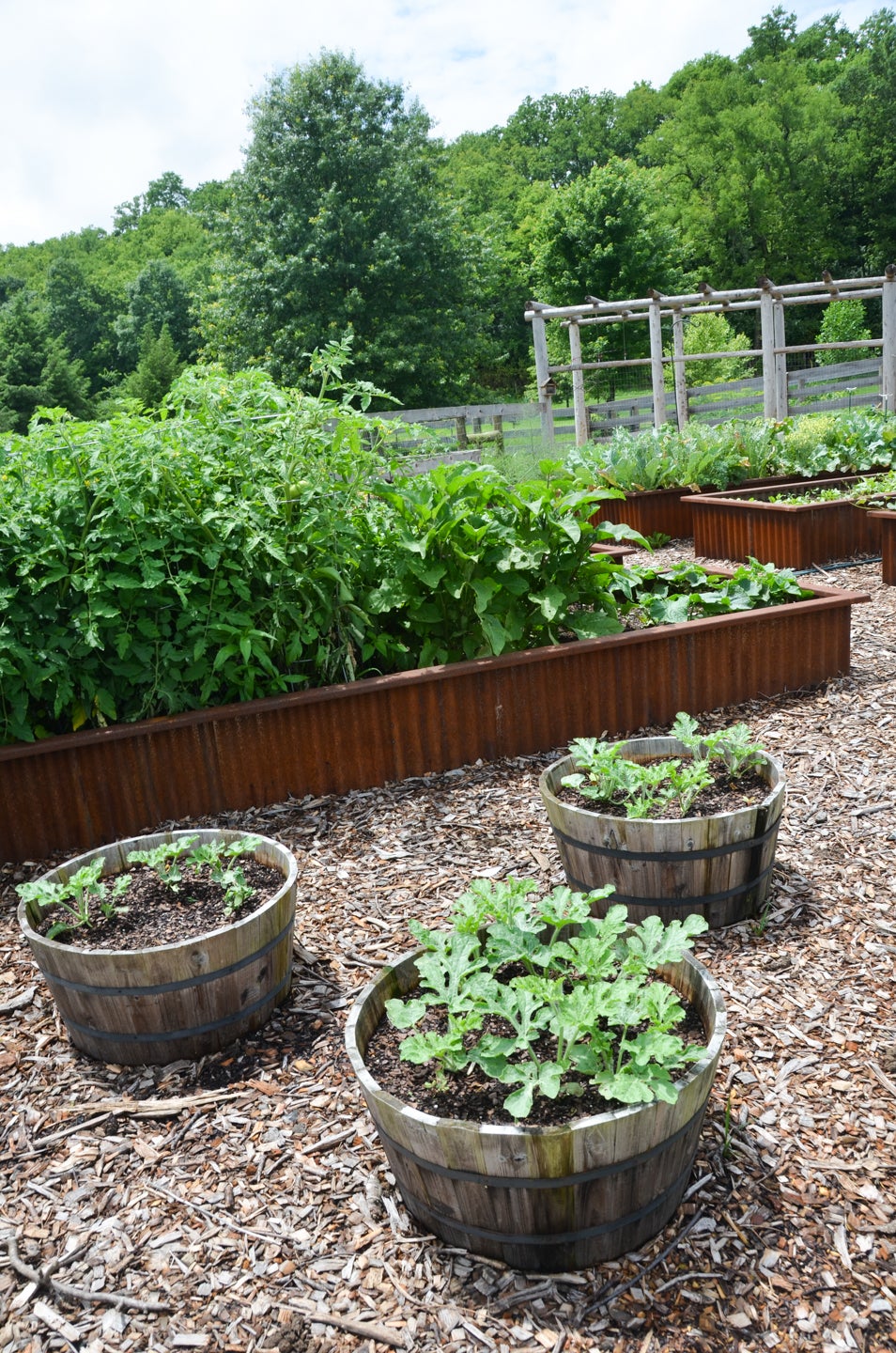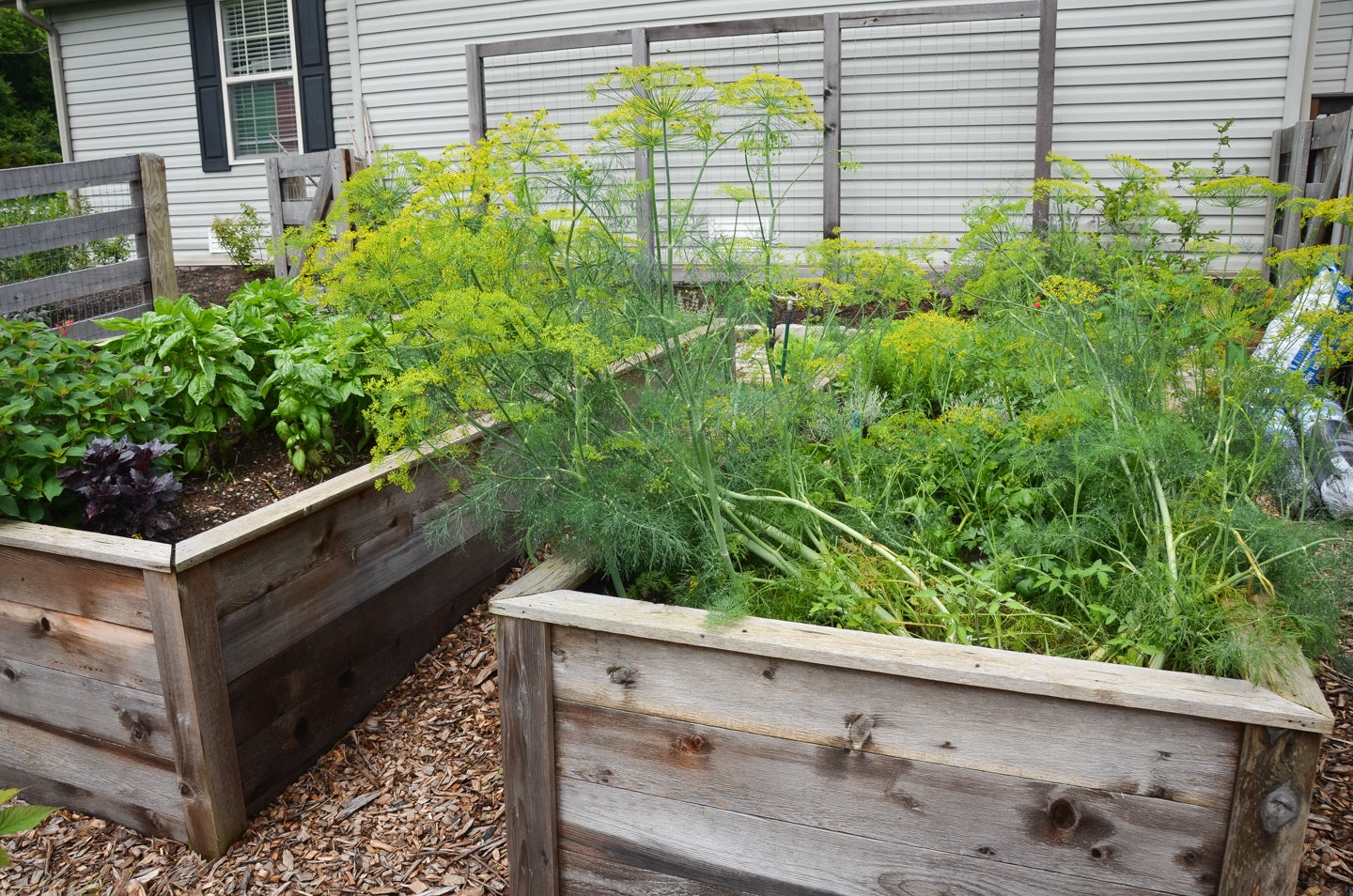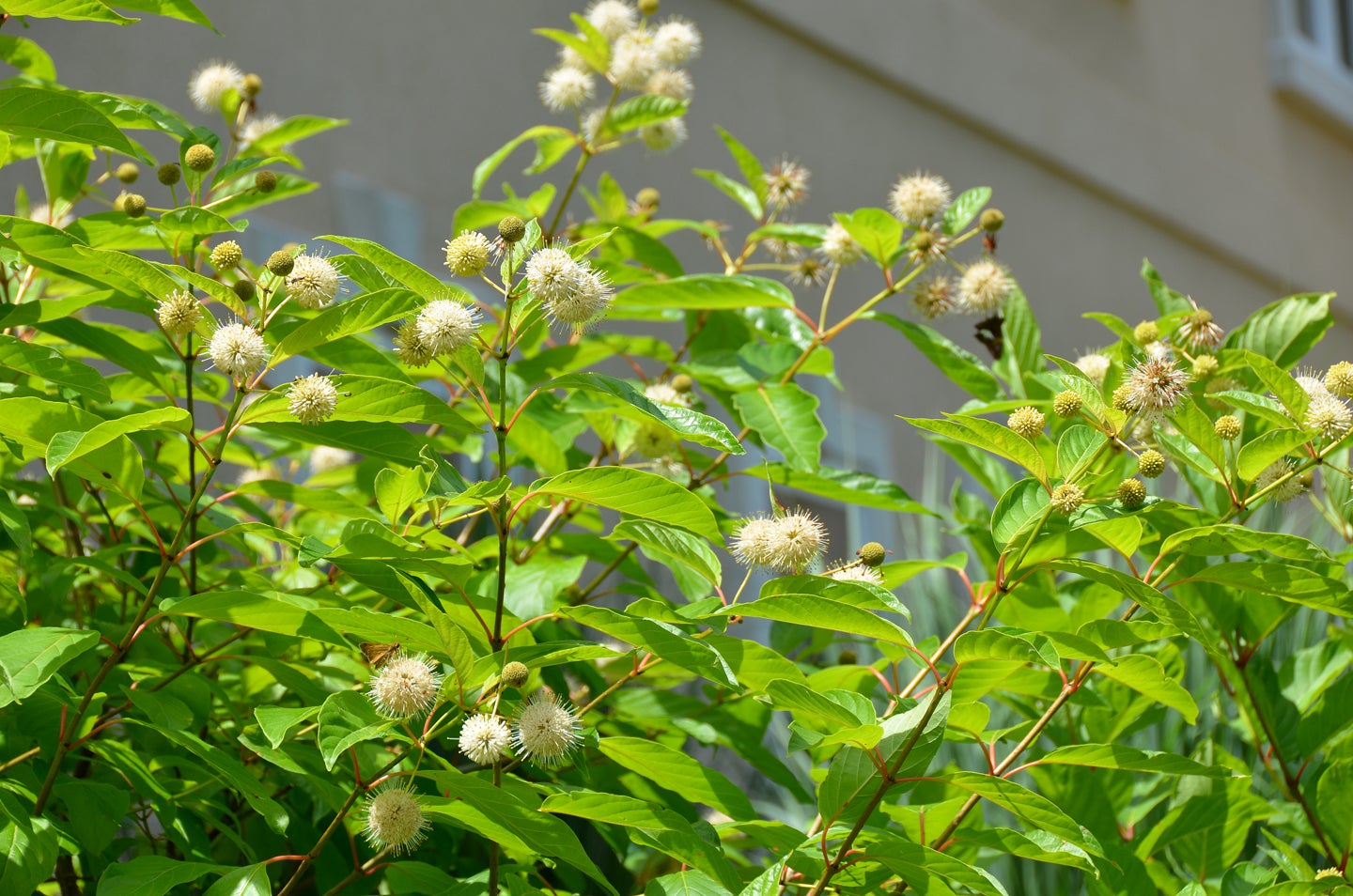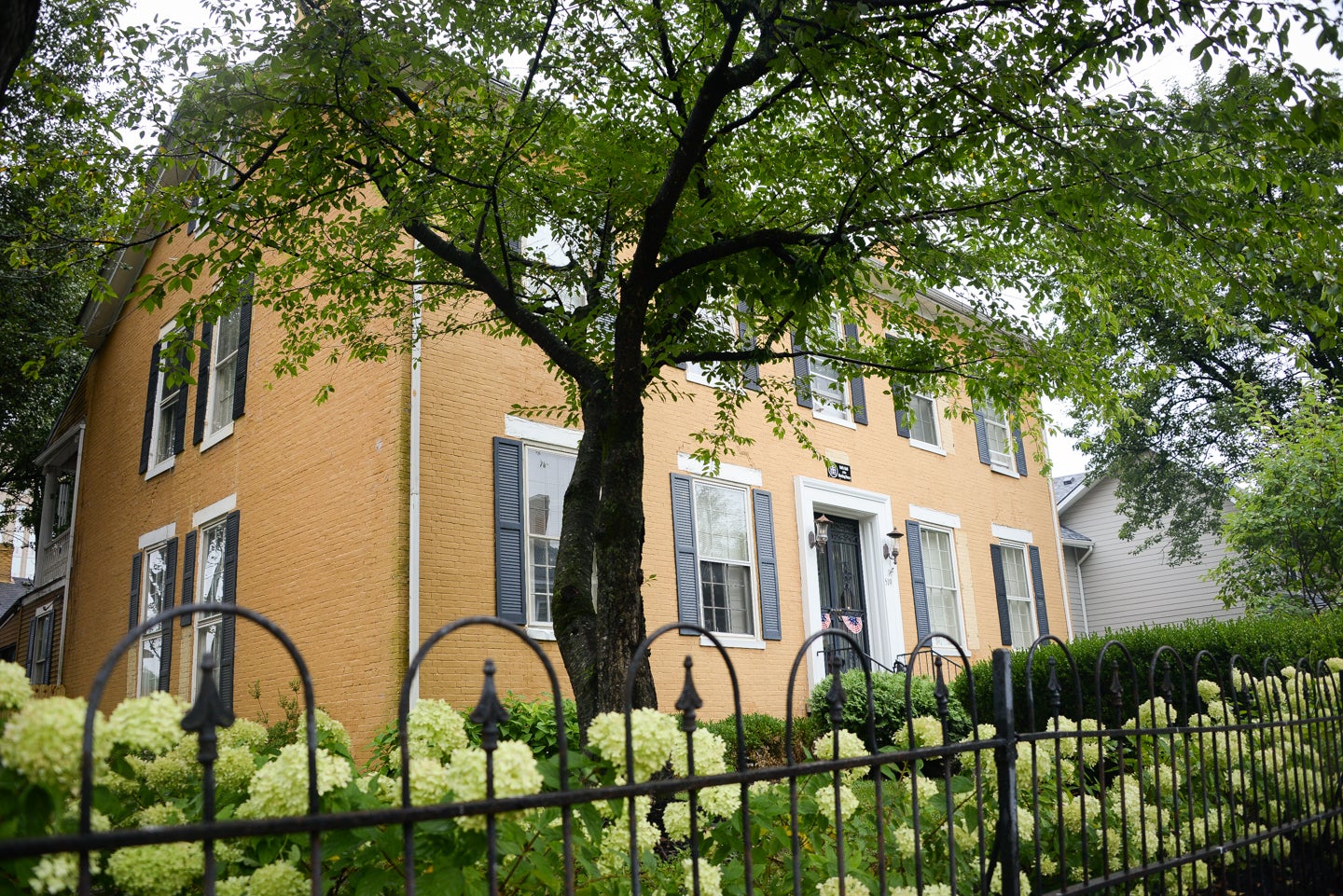Raised planter beds not only add better ergonomics to gardening, but also provide structure to your outdoor space. They can be custom made or ordered out of a variety of materials, sizes and styles.
Materials: Choosing a safe material for your raised bed is critical. Most experts agree that you shouldn’t use pressure-treated wood manufactured prior to 2003. Rot-resistant and chemical-free woods such as cedar or redwood are ideal, but are also more expensive. Repurposed wood is great too, as long as it wasn’t manufactured prior to 2003 or was never treated with chemicals. You can also build raised beds out of stone, concrete or metal. If underground varmints are an issue, add chicken wire to the bottom of the raised bed.
Sizing: Make sure you can work the bed without stepping into the raised bed — usually 4-feet wide maximum width if you can approach from both sides, or 2-3-feet if you can approach from only one side. Height wise, 12-24-inches is good, an average being 18-inches, which is a standard chair height. Alongside sizing, make sure the pathways around the raised bed are accessible too. I recommend a minimum 18-inch path and up to 3-feet for a home garden. The paths are more likely to have weeds if they are not a solid material such as pavers, concrete, stone or other (and sometimes even those can have weeds). Wood chip and gravel pathways are good alternative, more economical options with weed fabric underneath if a solid surface isn’t desired. Grass is also an option, but high maintenance.
Water: Of course plants need water, so placing the beds near a water source or provide irrigation. Drip tube hoses work great for this purpose and water slowly. If you plan ahead, you can place the hoses underground through PVC sleeves.
Soil: Good soil is key, so provide native soil (avoid bagged soil) with some compost (but not too much) for good nutrient content.
Maintenance: Any hardscape and landscape needs maintenance, mulching and general care. Mulching can reduce weeding time. Only build what you can maintain and care for. Consider planting perennial edibles or flowers if you don’t want the chore of planting each year.

